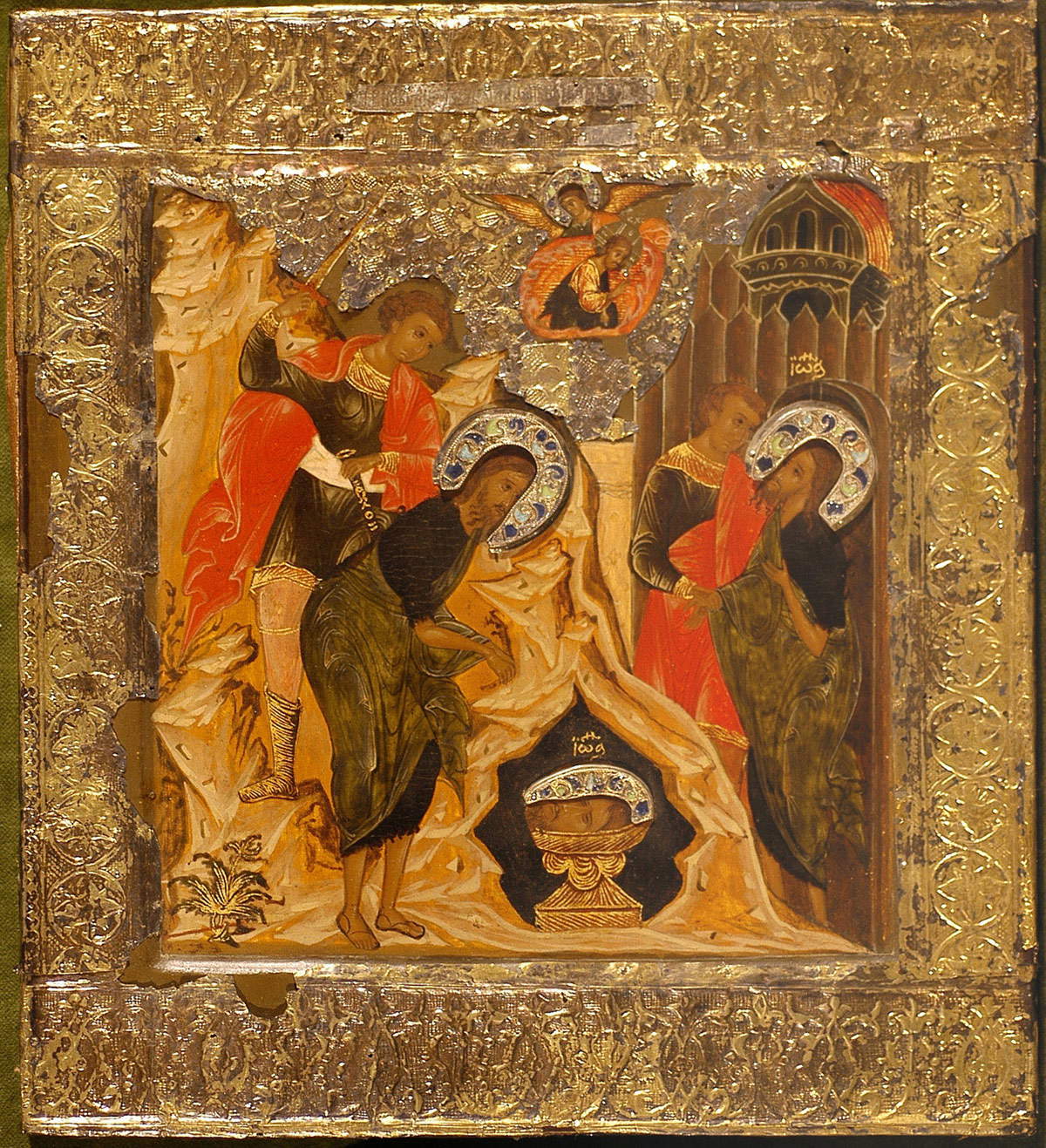The Medici palace of the Pitti Palace will welcome the historic collection of 78 sacred icons assembled in Florence by the Medici and Lorraine families in the 18th and 19th centuries, and for the first time it will be displayed in a permanent arrangement that will involve placing these Russian works in four large rooms on the ground floor of the museum venue.
The dedicated rooms are scheduled to be ready by Christmas and will be part of the Pitti Palace’s usual tour itinerary. Today the project will be presented in Moscow by the director of the Uffizi Galleries, Eike Schmidt, at an international conference.
The 78 icons constitute the oldest such collection in the world outside the borders of Russia.
It is not known when and how the Russian icons came to Italy. However, they were already in Florence in 1761: perhaps a gift from some ambassador to the grand duke or, more likely, a tribute from the Orthodox community of Livorno to Francis Stephen of Lorraine, who had authorized the construction in the city of the Orthodox rite church of the Trinity, erected between 1757 and 1760.In 1796 a diaspora of the icons began: once housed at the Uffizi, they ended up mostly deposited first at the Medici villa in Castello, where they remained until the beginning of last century, only to be moved to the Accademia, from 1958 to 1968, then to the Pitti Palace and again, since 1984, to the Accademia. In 2013 the precious collection was again transferred to the Uffizi.
Among the most significant works are the two panels that make up the Menologio, the calendar of Orthodox religious holidays divided by semesters, from September to February and from March to January: each icon consists of twenty horizontal rows with sacred scenes and figures of saints, each identified by an inscription. Also: the icon with St. Catherine of Alexandria, datable to 1693-1694 thanks to the punch in the oklad, the metal covering that covers some parts of the icons, of gilded silver. The martyr princess is depicted with attributes very similar to those in Western art: the palm and wheel of martyrdom, books and armillary sphere that allude to her vast knowledge. The work is attributed to the atelier of the Palace Armory, the workshop that worked at the tsar’s court in the Kremlin Palace in Moscow, and is akin to the style of Kirili Ulanov, one of the best-known masters of the Moscow atelier between the 17th and 18th centuries.
Only one specimen in the Florentine collection is known to be the author, Vasilij Grjaznov, who signed the icon of the Mother of God of Tichvin, dated July 16, 1728. It is a replica of the miraculous image that, according to tradition, appeared in 1383 in Tichvin, Novgorod territory. In the painting, the date is inscribed according to the Western system, introduced in Russia by Tsar Peter the Great.
The oldest specimens in the collection are the icon depicting the Mother of God, of the type called “In you let every creature rejoice,” and the one with the Beheading of the Baptist. Their arrival in Florence is not related to Lorraine collecting, but to the Medici. In fact, the two icons were part of the liturgical objects kept in the Chapel of Relics in the Pitti Palace as early as 1639, at the time of the reign of Ferdinand II de’ Medici and his consort Vittoria della Rovere.
“There is a red thread connecting, through history, Russia to Italy, and in particular Florence. For example, on the ruins of the Medici residence of Pratolino the Demidoffs had their magnificent villa built, and a plaque on a palace right in Piazza Pitti, in front of the Grand Ducal Palace, reminds us that here, in January 1869, Fedor Dostoevsky completed his masterpiece The Idiot. The Uffizi’s extremely important collection of icons, no less than 78 strong, is an early testimony to this connection, and finally, for the first time, it can be admired in its splendor - and in its completeness - by tourists from all over the world,” Schmidt declares. Below are photos of some of the pieces.
| Russian workshop, Mother of God Joy of All the Afflicted (1733; panel, 27.8 x 23.2 cm; Florence, Uffizi Galleries, inv. 1890 no. 9346) |
 |
| Vasilij Grjaznov, Tichvin’s Mother of God (1728; panel, 31 x 25.5 cm; Florence, Uffizi Galleries, inv. 1890 no. 9347) |
 |
| Russian workshop, Menologio of the September-February half-year (c. 1725-1750; panel, 70 x 54 cm; Florence, Uffizi Galleries, inv. 1890 no. 5954) |
 |
| Atelier of the Armory Palace in Moscow, St. Catherine of Alexandria (1693-1694; panel and gilded silver, 32 x 27.4 cm; Florence, Uffizi Galleries, inv. 1890 no. 5079) |
 |
| Moscow workshop, In you every creature rejoices (c. 1575-1600; panel and gilded silver, 31.2 x 26.2 cm; Florence, Uffizi Galleries, inv. 1890 no. 9354) |
 |
| Moscow workshop, Saint John the Baptist Taken Off (c. 1590-1610; panel, gilded silver, enamels, 31.2 x 26 cm; Florence, Uffizi Galleries, inv. 1890 no. 9355) |
|
|
| Four rooms in the Pitti Palace dedicated to Russian icons will open by Christmas. The photos |
Warning: the translation into English of the original Italian article was created using automatic tools. We undertake to review all articles, but we do not guarantee the total absence of inaccuracies in the translation due to the program. You can find the original by clicking on the ITA button. If you find any mistake,please contact us.